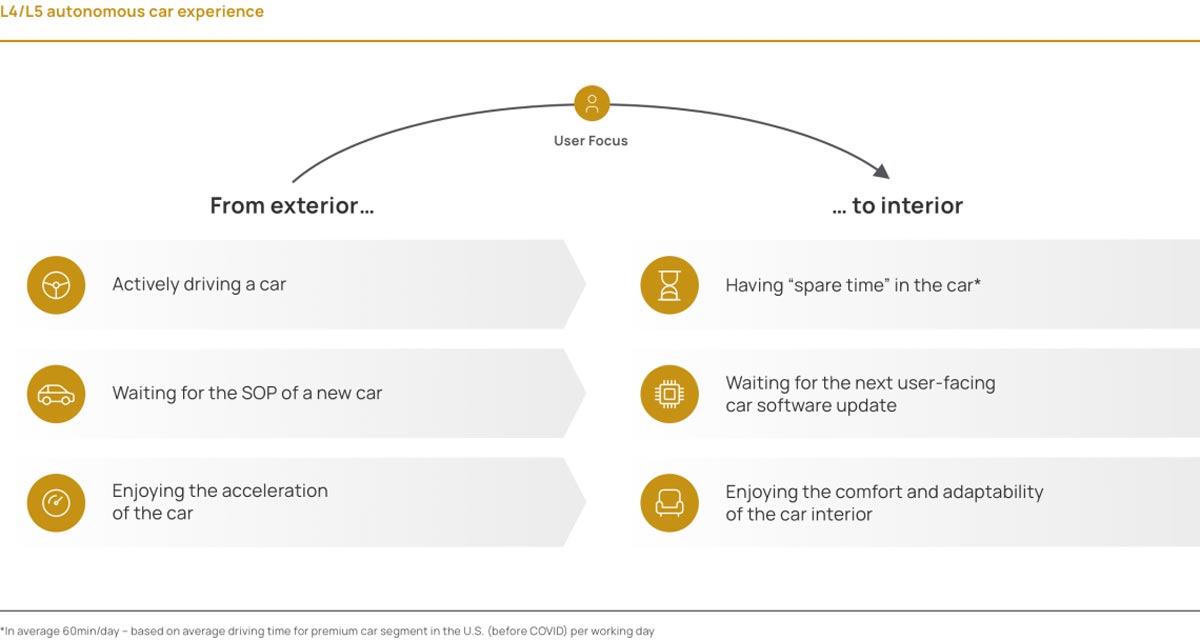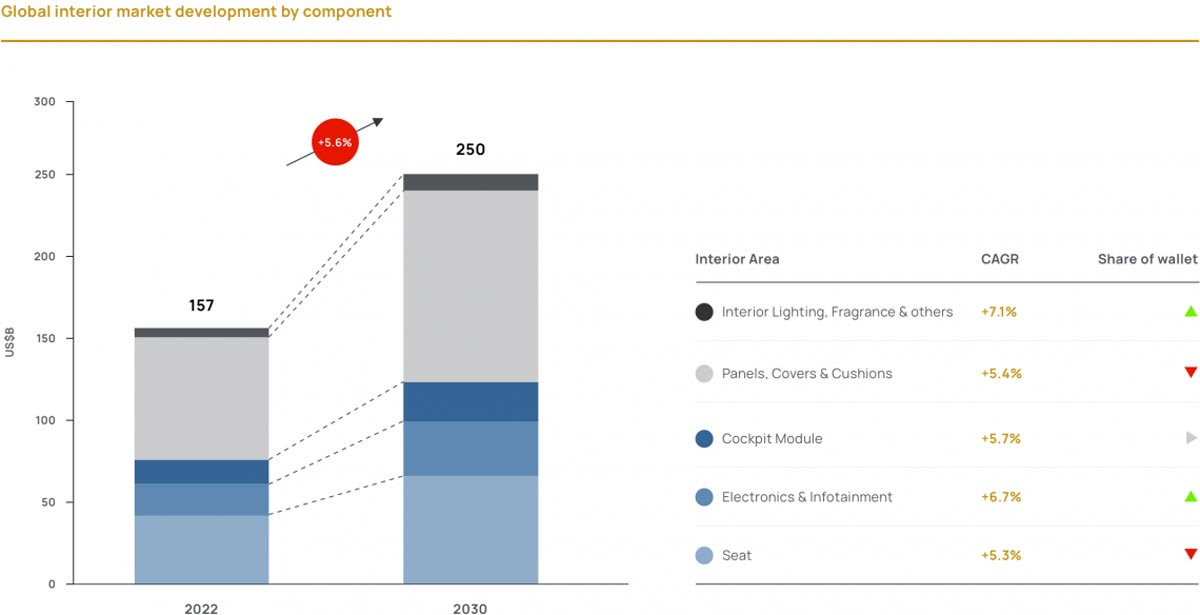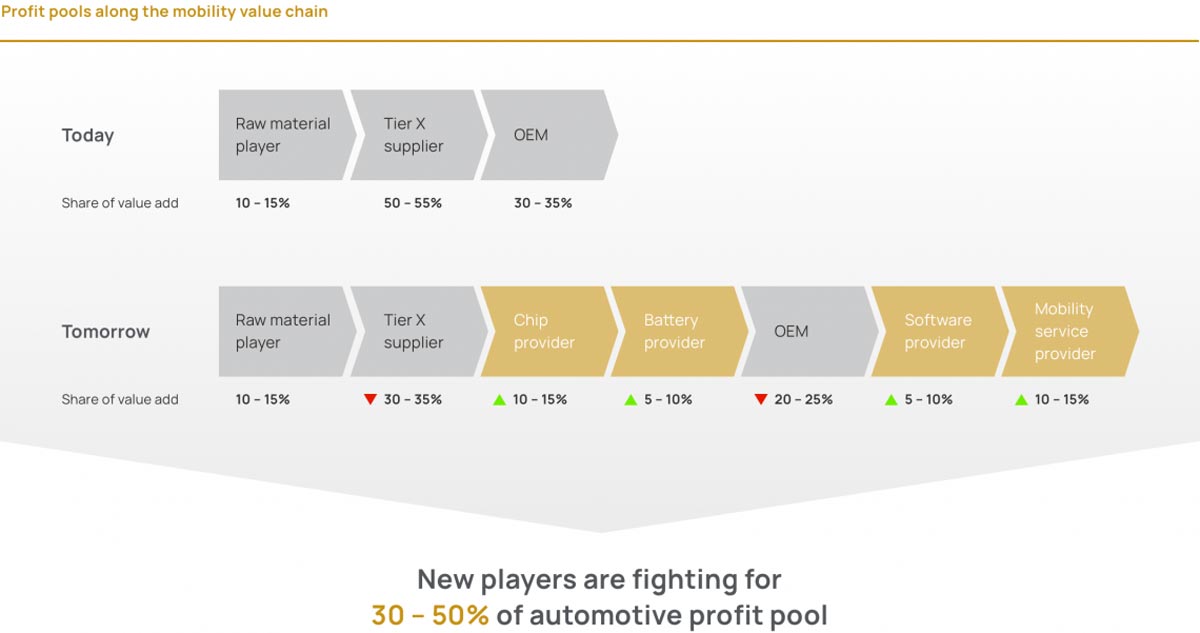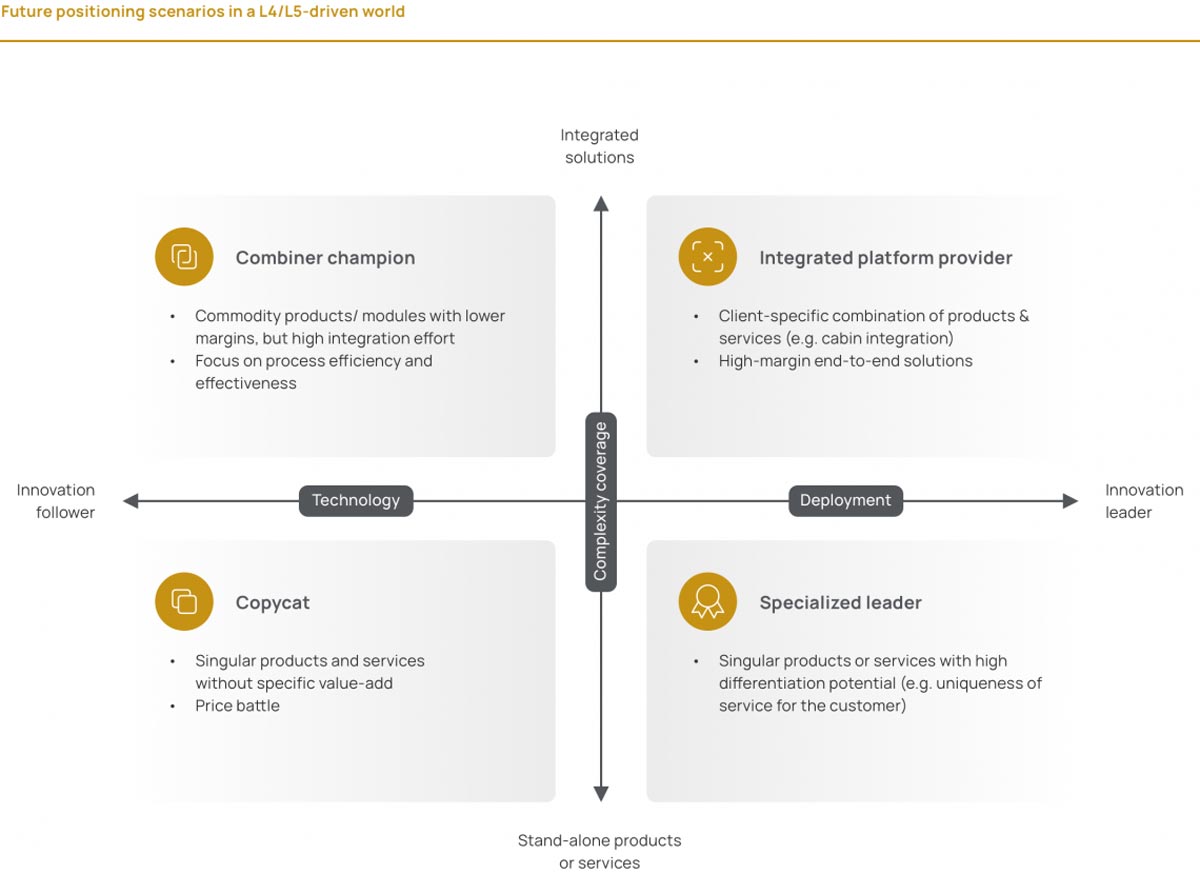Strategy & Innovation
Our Specialists

Jost Kamenik
CEO
Performance Improvement
CO₂ & Sustainability
Cost Management
+49 160 92127863
j.kamenik@tsetinis.com
Linkedin®

Alexander Klos
Senior Principal
Strategy & Innovation
Product Profitability Programs
Implementation of Cost / Value Engineering
+49 151 62862230
a.klos@tsetinis.com
Linkedin®
Get started now!




